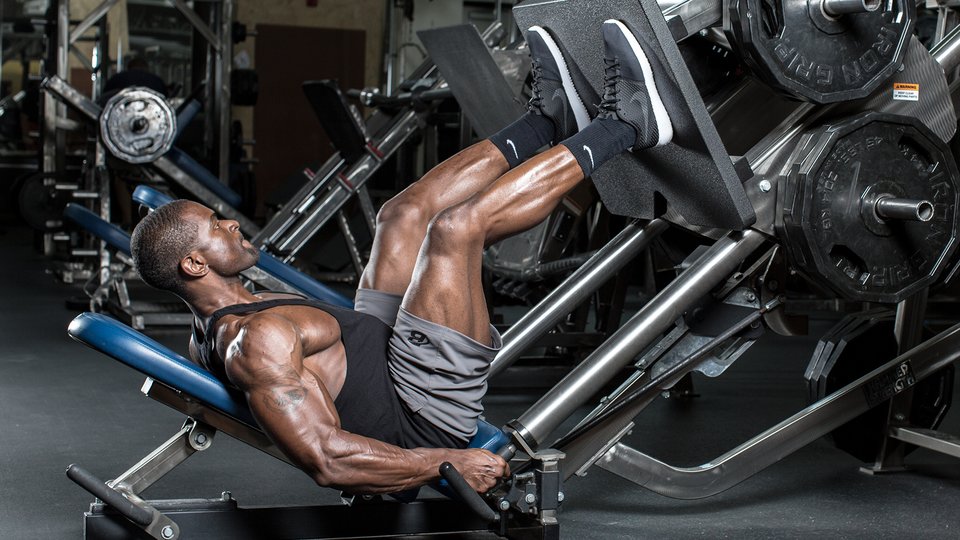Choosing the right power rack is essential for building a home or commercial gym that is both safe and effective. A Power Rack, sometimes called a squat rack or cage, provides support for exercises like squats, bench presses, and pull-ups, and ensures that you can train safely, even when lifting heavy weights alone. However, selecting a power rack that fits your gym space and meets your training needs requires careful consideration. Here are some tips to guide your decision.
Measure Your Space Carefully
Before purchasing a power rack, start by measuring the available space in your gym. Power racks vary widely in size, and selecting one that is too large can overcrowd your area, while one that is too small may limit your exercise options. Consider the height, width, and depth of the rack, and leave enough room around it for movement and for using additional equipment like benches, barbells, and weight plates. Remember to account for ceiling height, especially if you plan to perform pull-ups or overhead presses inside the rack.
Determine Your Training Goals
The type of training you intend to do will influence the kind of power rack you need. If your focus is strength training and heavy lifting, look for a rack with a high weight capacity and sturdy construction. For Olympic lifting or CrossFit-style workouts, you may need a rack with a pull-up bar, adjustable safety pins, and the ability to attach bands or dip bars. Identifying your primary exercises ensures that the rack you choose will accommodate your specific training regimen.
Check Weight Capacity and Build Quality
Safety is a top priority when lifting heavy. Examine the rack’s weight capacity and structural design. High-quality racks are typically made from thick steel, with reinforced joints and wide base plates for stability. Avoid racks with thin tubing or weak welds, as they may bend or fail under heavy loads. Additionally, consider racks with adjustable safety pins or spotter arms to protect against injury during solo workouts.
Consider Adjustability and Accessories
A versatile power rack can adapt to various exercises and body sizes. Look for racks with adjustable J-hooks and safety pins to fit different heights and barbell positions. Many racks also offer attachments like dip bars, landmine attachments, or pull-up bars, which expand the range of exercises you can perform. Consider what accessories you might want now and in the future to ensure the rack remains useful as your training evolves.
Ease of Assembly and Portability
Some power racks require professional assembly, while others can be assembled at home with basic tools. If you plan to move your rack occasionally, consider one with wheels or a lighter frame, though ensure this does not compromise stability. Reading reviews about assembly and portability can save you time and frustration during setup.
Budget and Longevity
Power racks come in a range of prices. While it may be tempting to choose a budget option, investing in a durable rack can save money in the long term. A high-quality rack not only lasts longer but also provides greater safety and reliability, making it a worthwhile investment for serious lifters.
Final Thoughts
Selecting the right power rack involves balancing space, training goals, safety, and budget. Measuring your gym area, assessing your lifting needs, and examining build quality are key steps to ensure you get a rack that enhances your workouts. By carefully considering adjustability, accessories, and long-term durability, you can choose a power rack that supports your fitness journey and allows you to train effectively and safely for years to come.
This guidance ensures you invest in equipment that not only fits your space but also aligns perfectly with your fitness objectives.











